معرفی کتاب English for The Students of Persian Literature
کتاب English for The Students of Persian Literature به کوشش مسعود احمدی موسیآباد، لاچن علاقی و مجتبی رجبی، متناسب با نیاز دانشجویان رشتۀ ادبیات فارسی تدوین شده است.
انگلیسی برای اهداف دانشگاهی یا به تعبیر مرسومتر، زبان انگلیسی تخصصی به مثابه شاخهای از حوزۀ آموزش زبان انگلیسی در طی دو دهۀ گذشته، توجه شمار زیادی از علاقهمندان حوزۀ زبانشناسی کاربردی را به خود جلب کرده است. نظر به اهمیت انکارناپذیر این حوزه در میان دانشگاهیان، کتاب حاضر با عنوان «زبان تخصصی برای دانشجویان ادبیات فارسی» (English for the Student of Persian Literature) سعی کرده است بخشی از نیازهای اساسی این گروه را برآورده نماید. مؤلفین براساس اصل نیازسنجی از طریق پرسشنامه، مصاحبه با دانشجویان و اهل فن تلاش کردهاند به درک صحیحتری از نیازهای این گروه برسند. کتاب حاضر که در دوازده فصل تنظیم شده، برخلاف اکثر کتابهای قبلی این رشته که صرفاً بر یک یا دو مهارت تاکید داشتهاند، به تقویت مهارتهای چندگانۀ گفتاری، خوانداری، نوشتاری و ترجمه توجۀ ویژه داشته است. همچنین، به تقویت مهارتهای واژگان تخصصی رشتۀ ادبیات فارسی و معرفی قواعد سجاوندی به عنوان یک ضرورت اهمیت داده شده است. داشتن تمرینهای متنوع از دیگر ویژگیهای کتاب حاضر است. شایان ذکر است که این کتاب مراحل داوری را در شورای انتشارات دانشگاه گنبدکاووس طی کرده است.
کتاب English for The Students of Persian Literature را به چه کسانی پیشنهاد میدهیم؟
این کتاب با بهبود توانایی خواندن و نوشتن متون انگلیسی و بهکارگیری لغات و اصطلاحات تخصصی، برای دانشجویان رشتههای مختلف که میخواهند زبان عمومی خود را تقویت نمایند مناسب است.
در بخشی از کتاب English for The Students of Persian Literature میخوانیم:
The Old French word romanz originally meant “the speech of the people,” or “the vulgar tongue,” from a popular Latin word, Romanice, meaning written in the vernacular, in contrast with the written form of literary Latin. Its meaning then shifted from the language in which the work was written to the work itself. Thus, an adaptation of Geoffrey of Monmouth’s Historia regum Britanniae (1135–۳۸), made by Wace of Jersey in 1155, was known as Li Romanz de Brut, while an anonymous adaptation (of slightly later date) of Virgil’s Aeneid was known as Li Romanz d’Enéas; it is difficult to tell whether in such cases li romanz still meant “the French version” or had already come to mean “the story.” It soon specialized in the latter sense, however, and was applied to narrative compositions similar in character to those imitated from Latin sources but totally different in origin; and, as the nature of these compositions changed, the word itself acquired an increasingly wide spectrum of meanings. In modern French a roman is just a novel, whatever its content and structure; while in modern English the word “romance” (derived from Old French romanz) can mean either a medieval narrative composition or a love affair, or, again, a story about a love affair, generally one of a rather idyllic or idealized type, sometimes marked by strange or unexpected incidents and developments; and “to romance” has come to mean “to make up a story that has no connection with reality.”
فهرست مطالب کتاب
Preface
Acknowledgments
Unit One: Language
Unit Two: Persian Language
Unit Three: Literature
Unit Four: Literature as a collection of genres
Unit Five: Lyric
Unit Six: Epic
Unit Seven: Romance
Unit Eight: Didactic
Unit Nine: Narrative
Unit Ten: Plot
Unit Eleven: Character
Unit Twelve: Scene
References
این اثر از نظر موضوعی در دستۀ زیر قرار میگیرد:
برخی از کتابهایی که در حوزه آموزش زبان منتشر شده است:
انگلیسی ویژه: آموزش زبان انگلیسی به دانشآموزان دارای مشکلات یادگیری

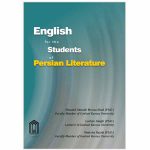

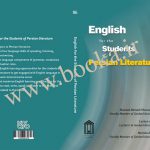
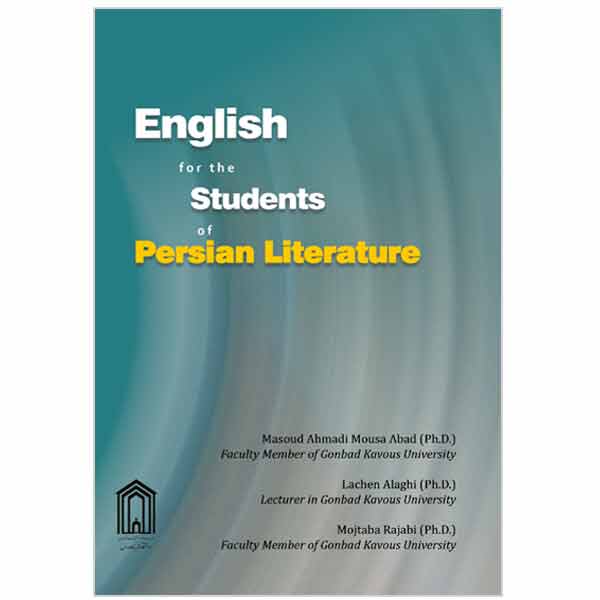
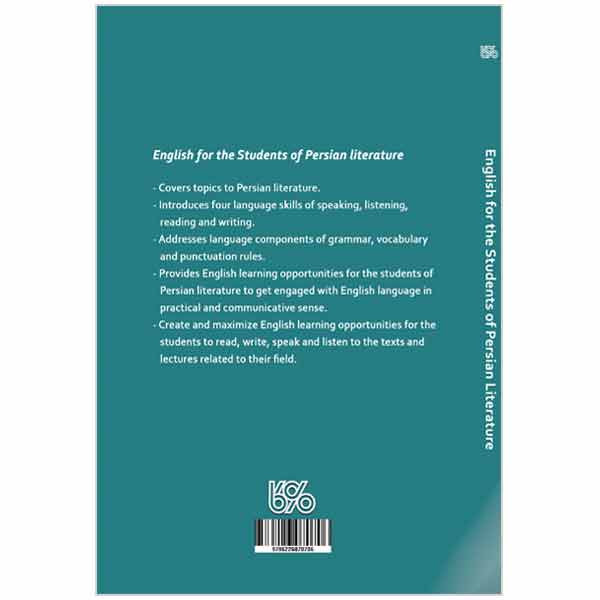
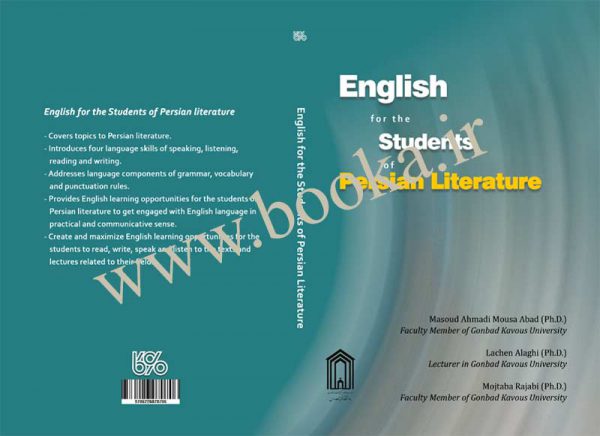
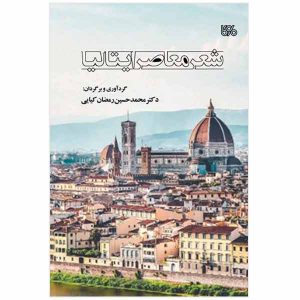
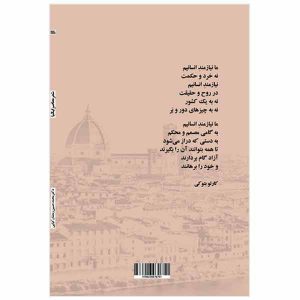


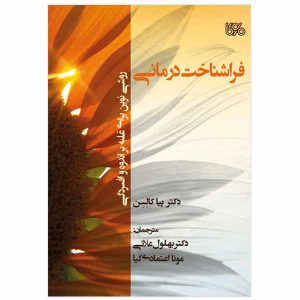
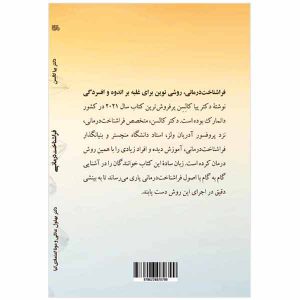
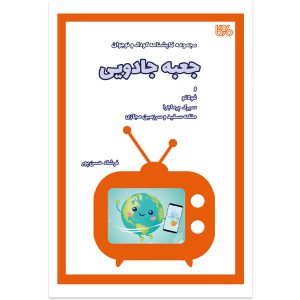
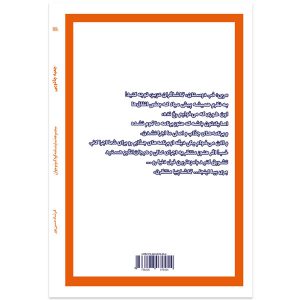


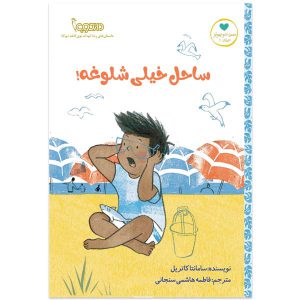
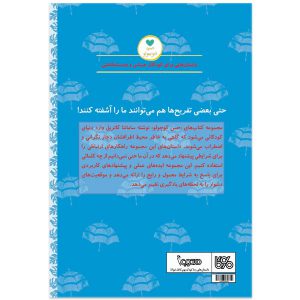




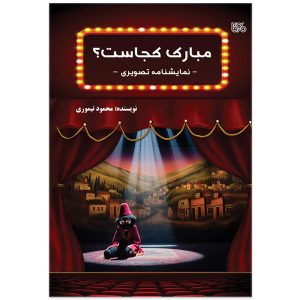
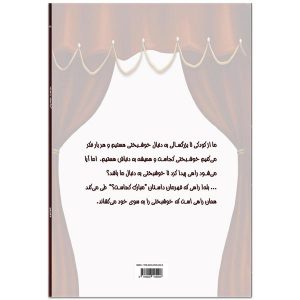
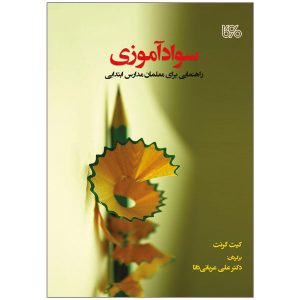
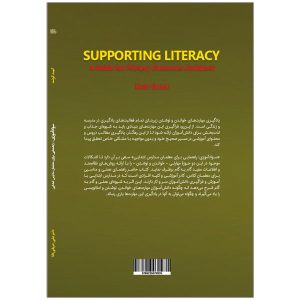
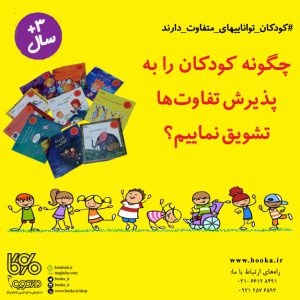



دیدگاهها
هیچ دیدگاهی برای این محصول نوشته نشده است.